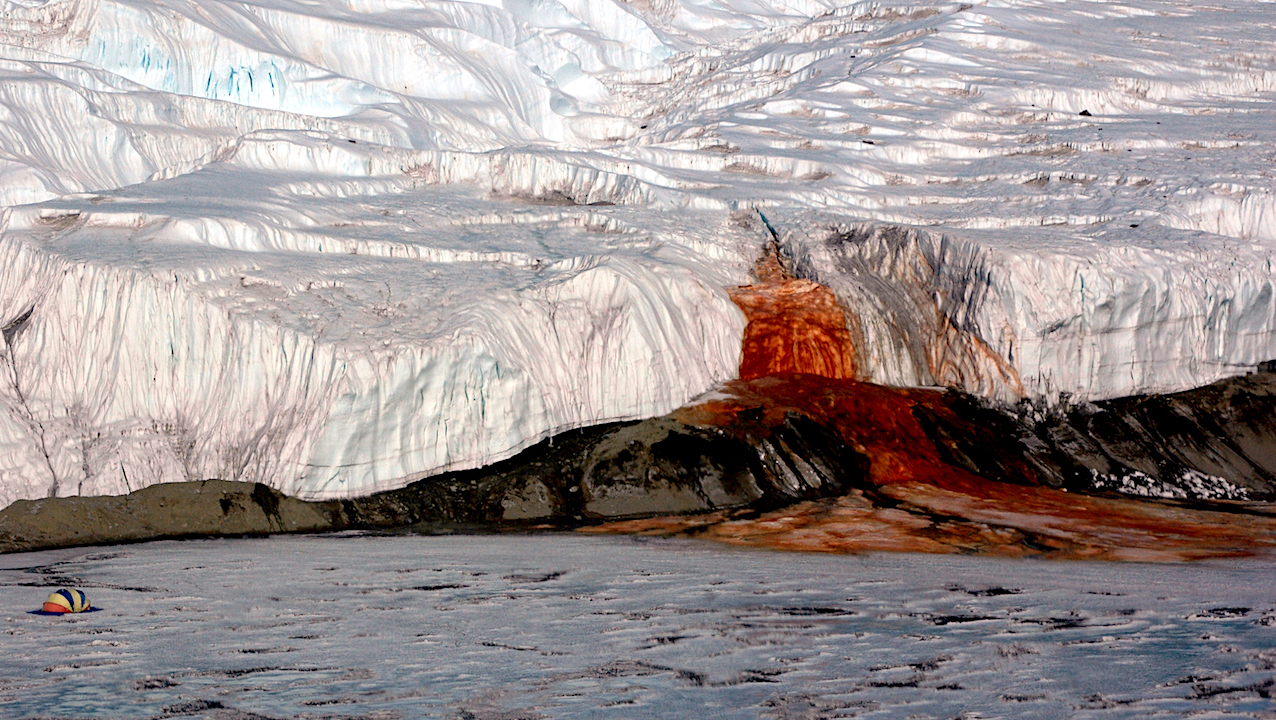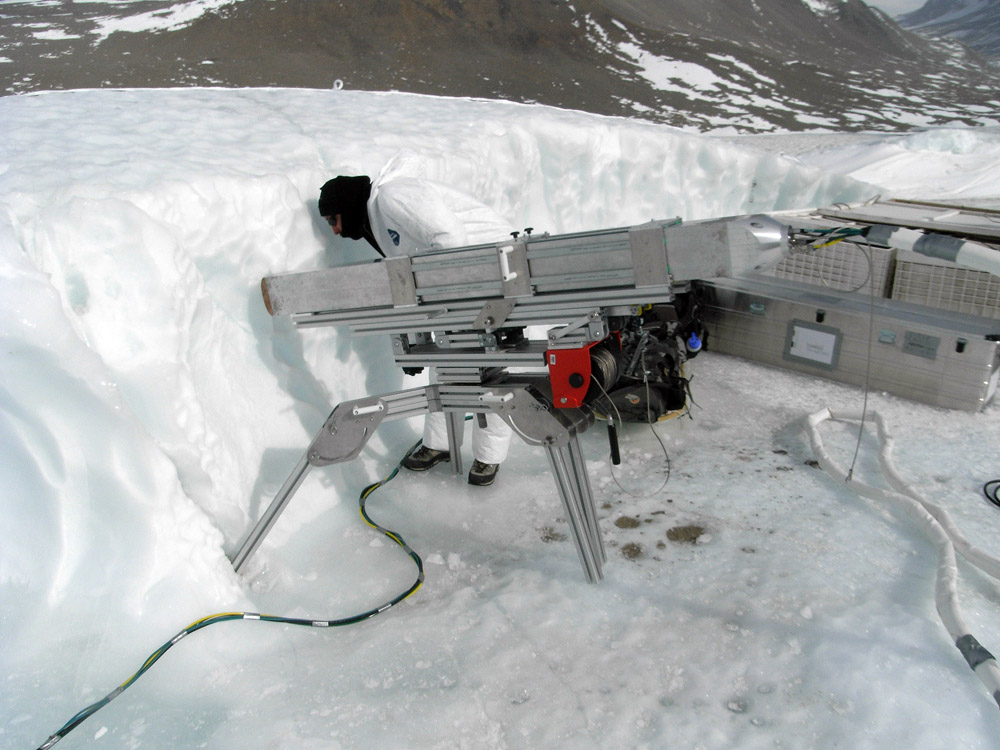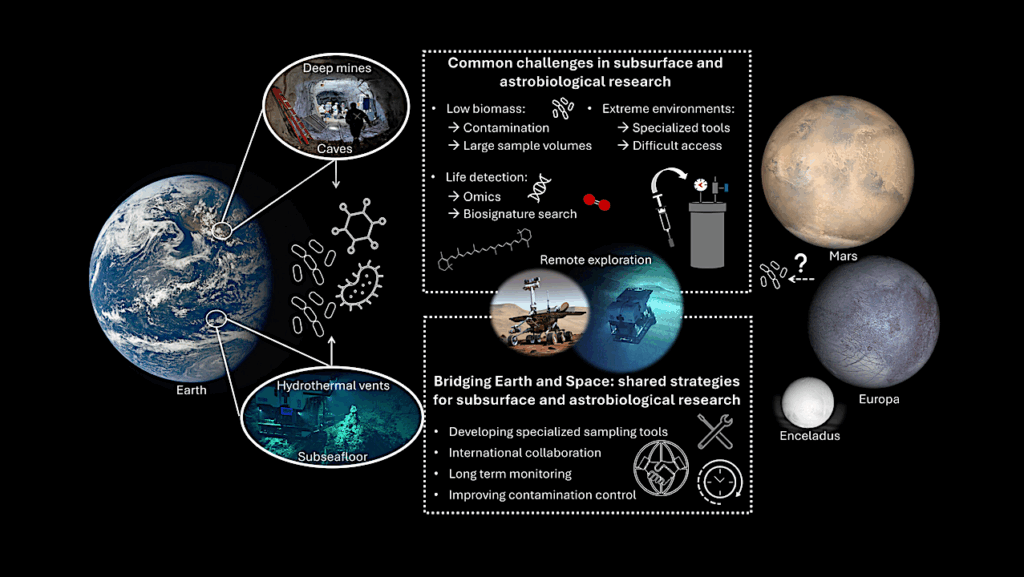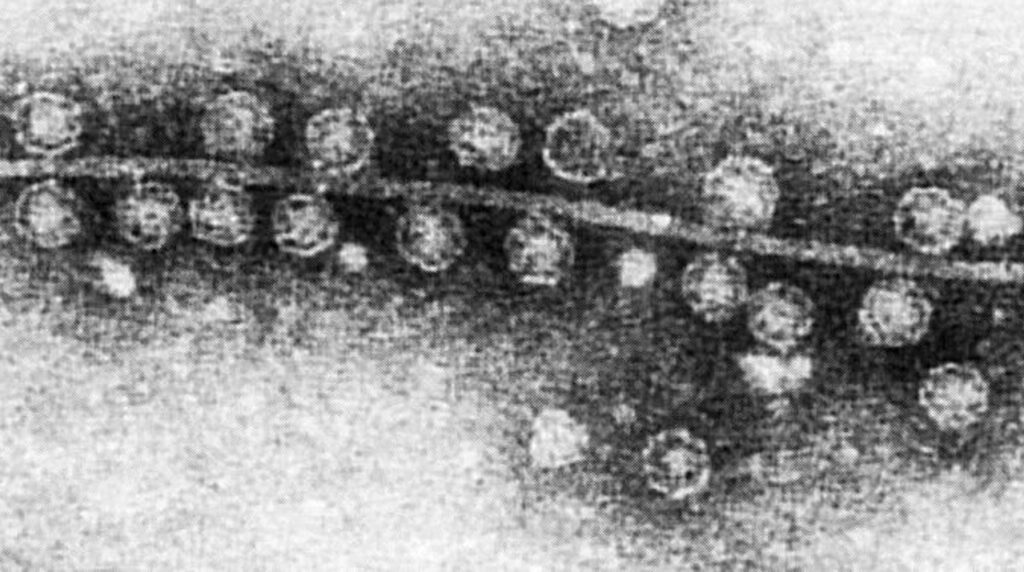Field-Based Planetary Protection Operations for Melt Probes: Validation of Clean Access into the Blood Falls, Antarctica, Englacial Ecosystem

Subglacial environments on Earth offer important analogs to Ocean World targets in our solar system. These unique microbial ecosystems remain understudied due to the challenges of access through thick glacial ice (tens to hundreds of meters). Additionally, sub-ice collections must be conducted in a clean manner to ensure sample integrity for downstream microbiological and geochemical analyses.
Subglacial environments on Earth offer important analogs to Ocean World targets in our solar system. These unique microbial ecosystems remain understudied due to the challenges of access through thick glacial ice (tens to hundreds of meters). Additionally, sub-ice collections must be conducted in a clean manner to ensure sample integrity for downstream microbiological and geochemical analyses.
We describe the field-based cleaning of a melt probe that was used to collect brine samples from within a glacier conduit at Blood Falls, Antarctica, for geomicrobiological studies. We used a thermoelectric melting probe called the IceMole that was designed to be minimally invasive in that the logistical requirements in support of drilling operations were small and the probe could be cleaned, even in a remote field setting, so as to minimize potential contamination.
In our study, the exterior bioburden on the IceMole was reduced to levels measured in most clean rooms, and below that of the ice surrounding our sampling target. Potential microbial contaminants were identified during the cleaning process; however, very few were detected in the final englacial sample collected with the IceMole and were present in extremely low abundances (∼0.063% of 16S rRNA gene amplicon sequences).
This cleaning protocol can help minimize contamination when working in remote field locations, support microbiological sampling of terrestrial subglacial environments using melting probes, and help inform planetary protection challenges for Ocean World analog mission concepts.
J A Mikucki, C G Schuler, I Digel, J Kowalski, M J Tuttle, M Chua, R Davis, A M Purcell, D Ghosh, G Francke, M Feldmann, C Espe, D Heinen, B Dachwald, J Clemens, W B Lyons, S Tulaczyk
Astrobiology. 2023 Nov;23(11):1165-1178. doi: 10.1089/ast.2021.0102.
https://pubmed.ncbi.nlm.nih.gov/37962840/

An engineer prepares to test the IceMole on Canada Glacier. The maneuverable drill will be used in 2014-15 to bore into Taylor Glacier and take samples from a conduit that carries briny liquid to the surface where Blood Falls spills onto Lake Bonney in the McMurdo Dry Valleys. Photo Courtesy: Clemens Espe via Antarctic Sun/NSF
Recent discoveries of widespread liquid water and microbial ecosystems below the Antarctic ice sheets have generated considerable interest in studying Antarctic subglacial environments. Understanding subglacial hydrology, the persistence of life in extended isolation and the evolution and stability of subglacial habitats requires an integrated, interdisciplinary approach. The collaborative project, Minimally Invasive Direct Glacial Exploration (MIDGE) of the Biogeochemistry, Hydrology and Glaciology of Blood Falls, McMurdo Dry Valleys will integrate geophysical measurements, molecular microbial ecology and geochemical analyses to explore a unique Antarctic subglacial system known as Blood Falls.
Blood Falls is a hypersaline, subglacial brine that supports an active microbial community. The subglacial brine is released from a crevasse at the surface of the Taylor Glacier providing an accessible portal into an Antarctic subglacial ecosystem. Recent geochemical and molecular analyses support a marine source for the salts and microorganisms in Blood Falls. The last time marine waters inundated this part of the McMurdo Dry Valleys was during the Late Tertiary, which suggests the brine is ancient. Still, no direct samples have been collected from the subglacial source to Blood Falls and little is known about the origin of this brine or the amount of time it has been sealed below Taylor Glacier. Radar profiles collected near Blood Falls delineate a possible fault in the subglacial substrate that may help explain the localized and episodic nature of brine release. However it remains unclear what triggers the episodic release of brine exclusively at the Blood Falls crevasse or the extent to which the brine is altered as it makes its way to the surface.
The MIDGE project aims to determine the mechanism of brine release at Blood Falls, evaluate changes in the geochemistry and the microbial community within the englacial conduit and assess if Blood Falls waters have a distinct impact on the thermal and stress state of Taylor Glacier, one of the most studied polar glaciers in Antarctica. The geophysical study of the glaciological structure and mechanism of brine release will use GPR, GPS, and a small passive seismic network. Together with international collaborators, the ‘Ice Mole’ team from FH Aachen University of Applied Sciences, Germany (funded by the German Aerospace Center, DLR), MIDGE will develop and deploy innovative, minimally invasive technologies for clean access and brine sample retrieval from deep within the Blood Falls drainage system.
These technologies will allow for the collection of samples of the brine away from the surface (up to tens of meters) for geochemical analyses and microbial structure-function experiments. There is concern over the contamination of pristine subglacial environments from chemical and biological materials inherent in the drilling process; and MIDGE will provide data on the efficacy of thermoelectric probes for clean access and retrieval of representative subglacial samples. Antarctic subglacial environments provide an excellent opportunity for researching survivability and adaptability of microbial life and are potential terrestrial analogues for life habitats on icy planetary bodies. The MIDGE project offers a portable, versatile, clean alternative to hot water and mechanical drilling and will enable the exploration of subglacial hydrology and ecosystem function while making significant progress towards developing technologies for minimally invasive and clean sampling of icy systems.
astrobiology








